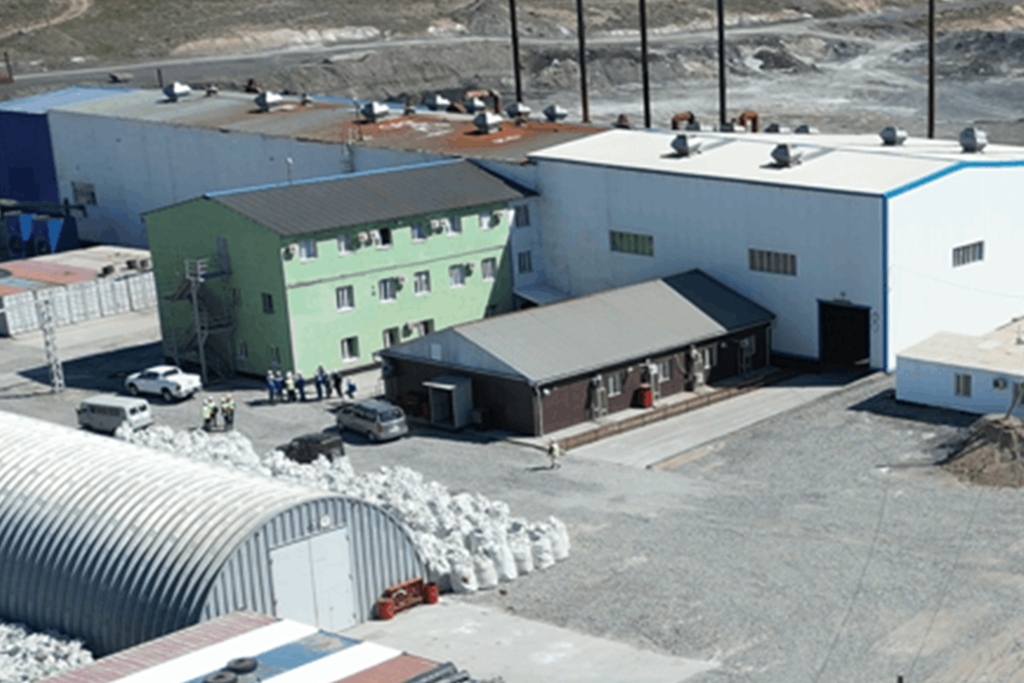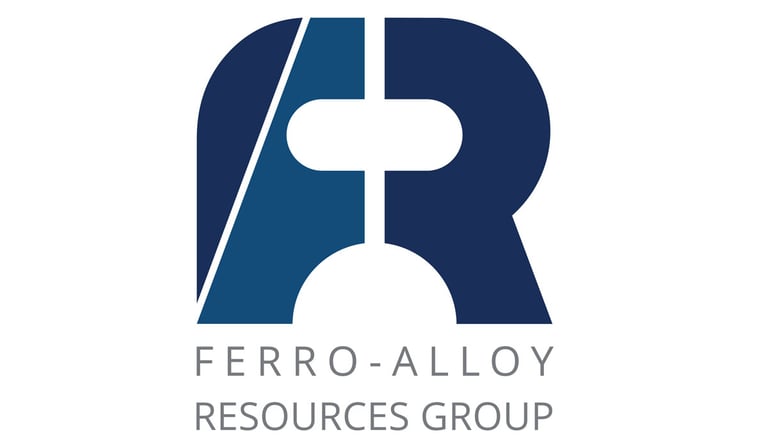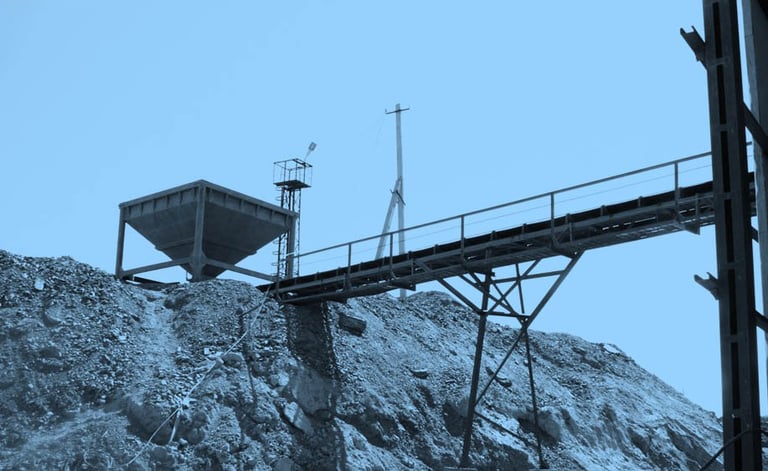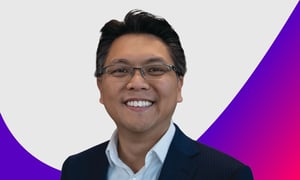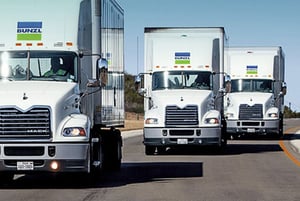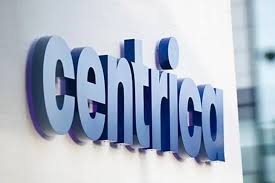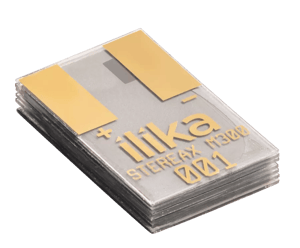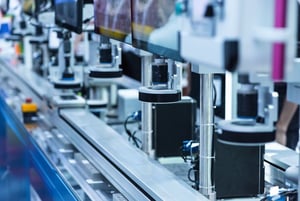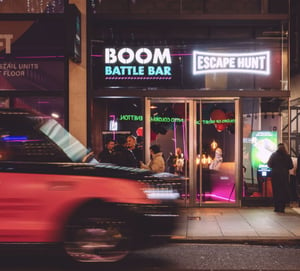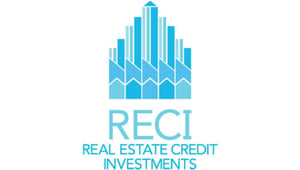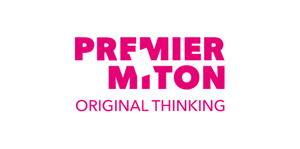Ferro-Alloy Resources Limited (LON:FAR) Chief Executive Officer Nick Bridgen caught up with DirectorsTalk to discuss the study’s results, opportunities for optimisation, the growing market potential for both vanadium and the company’s innovative carbon black substitute products.
Q1: So, news of the day, Ferro-Alloy Resources’ feasibility study puts the Balasausqandiq project in the lowest 10% of cash cost of vanadium pentoxide producers. Can you tell us more about that?
A1: As you say, we’re in the lowest decile, the lowest 10% of cost and that’s important to say how we calculate that. We calculated that on the basis of converting all our products into a vanadium equivalent and on that basis, we have a cost in the lowest 10%.
There’s another way that’s commonly used of calculating costs, and that is to deduct the non-vanadium net revenues from the vanadium costs or from the overall costs. On that basis, we have a cost of just 36 cents per pound, which puts us way off the scale lower than anybody else in the world.
So, in a cost position, we’re extremely competitive.
Q2: Now, the potential doesn’t just stop there. In the list, there are a number of optimisations. Can you tell us more about those and how they might enhance financial and operational performance?
A2: Well, I perhaps should have said that the sort of figure we’re starting from is an NPV with a pretty impressive $749 million and an IRR of 22%. But we can actually do even better than that, and there are a number of target areas where we are certain that we can improve things quite considerably. The feasibility study was chasing, to some extent, a moving target, and you have to stop it somewhere to get the thing out rather than constantly perfect it.
First of all, to state the obvious, we are actually very experienced operators in Kazakhstan. We built a 16,000-tonne pilot plant, that’s quite a substantial plant, and we operated it. Using that plant, we developed and optimised the process at scale.
Now, what we did with the feasibility study is we asked world-renowned consultants, Tetra Tech and SRK, to independently verify what we’d done. We gave them the process, and they verified it. Now, their test work was at laboratory scale, and they didn’t fully reach the same results that we did. We’re going to investigate the differences. We are sure our technologies are sure that we can use much lower reagent consumptions, which has knock-on effects on water treatment, and get higher recoveries, as we did in the pilot plant. That’s number one.
We also think that, using our local expertise, we can get much lower costs of suppliers, capital costs and operating costs than was estimated by these international consultants. So, we think with a value engineering exercise, probably at the next stage of engineering, we can get the capital costs down considerably.
There are a couple of target areas. We think we can do dry milling, that’s a new development, we’ve put in a test plant on site, this is for the carbon, not the vanadium. We’re sure that we can save a lot of money by not using wet milling, but it was too late in the day to do the test work, and we didn’t want to delay the study anymore. That’s a big saving. Those are all on the value-engineering, cost-saving side.
There’s an even more important improvement, and that is the new CBS (carbon black substitute) product that we announced in June. To remind everybody, our first CBS product is based on concentrating the tailings from the vanadium plant. The carbon comes through the vanadium recovery process, and then we can recover, concentrate, and mill it, and that is our first CBS product, which is in the study.
There’s an additional product derived from the waste stripping, not the carbon waste which we’re mining anyway, so all the costs are already in the study. We can now make this CBS2 product, and that’s a whole new revenue stream with very limited cost because it’s already being mined, which is not in the study. We’re going to be working pretty hard to get that in very quickly.
Q3: Now, it’s also worth considering that this is just Phase 1 of the project. What can we expect from the rest of the ore bodies, and in particular from Phase 2?
A3: Well, that’s the interesting question. Remember, this feasibility study is what we call Phase 1, and it’s based on ore body number one, which is only the first, and by no means the biggest, of up to seven ore bodies that we’ve got geological evidence for. We’ve also drilled out mostly ore bodies two, three and four. We haven’t got the full assay results, so they can’t be in any feasibility study, but we know the shape of them.
We’ve done what’s called X-ray fluorescence assays internally, we’ve modelled the shape, and we know that those ore bodies are very similar to ore body number one. So, we already have a conceptual plan to do Phase 2 based on those three additional ore bodies, which would take production up to four times higher than is in this feasibility study, so, if you like, four times the value, just from scaling up.
There are then another three ore bodies after that that haven’t been explored. So really, there is a lot of value here, we’re just scratching the surface with this Phase 1 study. Very exciting.
Q4: Let’s just touch on the market here, too. You’ve previously had some studies conducted on the vanadium and CBS aspects of the project. What have these told you about Balasausqandiq’s position within the context of the market?
A4: Well, the first thing to say is that vanadium is a critical metal. It’s listed by the US, Europe, the UK, and most of the countries that have lists of critical metals. It’s critical because it’s fundamental for a number of uses, in steel, especially specialty steels, aerospace, military, as well as the two biggies, which are construction steel and, increasingly now, vanadium redox flow batteries.
We commissioned CRU to do a marketing report, and their view is that starting around 2029, there will be a deficit of vanadium, and that deficit will grow hugely. By 2035, the deficit will be larger than current world production. So, they see a big shortage. That deficit is largely driven by vanadium redox flow batteries, which, to remind everyone, is the front-running technology for large bulk ground-based energy storage. This is city-scale energy storage, not mobile applications.
As the world rolls out more and more renewables, and as renewables start to account for more than 20% or 30% of electricity generation, you start to need storage. Famously, renewables come from the sun, which only shines for a few hours a day, or wind, which doesn’t blow every day. So, you need energy storage, the world needs it, and that means they need a lot more vanadium.
On the carbon side, we again commissioned a marketing report from specialist marketing rubber consultants, their marketing division, and they compared the performance of our CBS (remember, this is the original one at the moment) with other reinforcing fillers on the market, principally, of course, carbon black, and positioned us in the price curve. Carbon black sells for upwards of $1,000 a tonne. Some very cheap substitutes that don’t perform very well are much cheaper. Their advice to us was that, for the tyre market, we should position ourselves at about $500 a tonne, a little bit higher, about $600 a tonne, for other applications.
Now, that’s huge for us. It’s a big cost saving to tyre manufacturers and other rubber manufacturers, but for us, using a material that would otherwise be a waste material, it’s a huge addition to our revenue and one of the things that makes our project extremely interesting.


